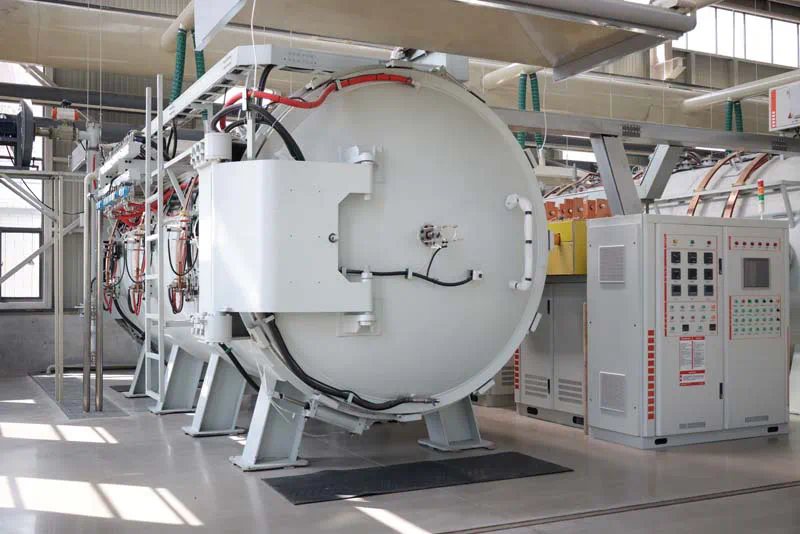Silicon Carbide Sandpaper: The Abrasive Revolution
In the world of abrasive materials, silicon carbide sandpaper stands out as a revolutionary product that has transformed surface finishing and material preparation. This sandpaper, known for its exceptional hardness and sharpness, has become indispensable in various industries, from automotive to woodworking and beyond. Understanding the unique properties, applications, and advantages of silicon carbide sandpaper can provide valuable insights into why it is considered a game-changer in the abrasive market.
Introduction to Silicon Carbide Sandpaper
Silicon carbide (SiC) is a compound made from silicon and carbon. It is known for its extreme hardness, making it ideal for use in abrasive materials. Silicon carbide sandpaper is produced by coating a flexible backing material with silicon carbide grains, which are known for their sharp cutting edges and durability. This combination makes silicon carbide sandpaper highly effective at sanding and polishing a variety of surfaces.
The Science Behind Silicon Carbide
Silicon carbide is one of the hardest known materials, ranking 9 on the Mohs scale of mineral hardness. This remarkable hardness is due to the strong covalent bonds between silicon and carbon atoms in its crystalline structure. As a result, silicon carbide can easily cut through other materials, making it an excellent choice for abrasive applications.
The Manufacturing Process
The production of silicon carbide sandpaper involves several key steps:
1. Crushing and Grinding: Raw silicon carbide crystals are crushed and ground into fine powders. These powders are then sieved to obtain grains of various sizes.
2. Bonding: The silicon carbide grains are mixed with a binder material, which is then applied to the sandpaper backing. The backing material can be paper, cloth, or a film, depending on the intended use of the sandpaper.

3. Curing: The sandpaper is cured in an oven to harden the binder and secure the silicon carbide grains in place. This process ensures the durability and effectiveness of the sandpaper.
Properties of Silicon Carbide Sandpaper
Silicon carbide sandpaper exhibits several key properties that contribute to its effectiveness:
1. Sharpness: The grains of silicon carbide are extremely sharp, which allows them to cut through materials with ease. This sharpness results in a smoother finish compared to other types of sandpaper.
2. Durability: Silicon carbide sandpaper is known for its longevity. The grains remain sharp for a long time, reducing the need for frequent replacement.
3. Versatility: This sandpaper is effective on a wide range of materials, including metal, wood, plastic, and glass. It can be used for both coarse and fine sanding tasks.
4. Heat Resistance: Silicon carbide can withstand high temperatures without degrading, making it suitable for heavy-duty applications where heat buildup is a concern.
Applications of Silicon Carbide Sandpaper
Silicon carbide sandpaper is used in a variety of applications due to its versatility and effectiveness:
Automotive Industry
In the automotive industry, silicon carbide sandpaper is employed for tasks such as paint preparation, surface smoothing, and finishing. Its ability to produce a smooth, high-quality finish makes it ideal for automotive refinishing and repair.
Woodworking
Woodworkers use silicon carbide sandpaper to achieve a fine finish on wooden surfaces. The sandpaper’s sharp grains enable it to remove imperfections and prepare the wood for staining or varnishing.
Metalworking
For metalworking, silicon carbide sandpaper is used to smooth and polish metal surfaces. It is effective in removing rust, paint, and other contaminants from metal parts, making it a valuable tool in maintenance and repair.
Glass and Ceramics
Silicon carbide sandpaper is also used in the processing of glass and ceramics. Its hardness allows it to cut through these tough materials, making it useful for tasks such as glass grinding and ceramic surface preparation.
Advantages Over Other Abrasives
Silicon carbide sandpaper offers several advantages compared to other abrasives:
1. Higher Cutting Efficiency: The sharpness of silicon carbide grains allows for faster and more efficient cutting compared to abrasives with less sharp edges.
2. Smoother Finish: Silicon carbide sandpaper produces a smoother surface finish, which silicon carbide semiconductor is crucial for applications requiring high precision and aesthetics.
3. Longer Life: Due to its hardness, silicon carbide sandpaper tends to last longer than other abrasives, providing better value over time.
Environmental Considerations
While silicon carbide sandpaper offers numerous benefits, it is essential to consider its environmental impact. The production of silicon carbide involves high-energy processes that contribute to its carbon footprint. However, the durability and efficiency of silicon carbide sandpaper can offset some of these environmental concerns by reducing the frequency of replacements and waste.
Future Developments
The abrasive industry continues to innovate, and silicon carbide sandpaper is no exception. Advances in manufacturing technology and materials science are likely to enhance the performance and sustainability of silicon carbide sandpaper. Future developments may include improvements in the binder materials, more eco-friendly production methods, and enhanced performance characteristics.
Conclusion
Silicon carbide sandpaper represents a significant advancement in abrasive technology. Its exceptional hardness, sharpness, and durability make it a preferred choice for a wide range of applications, from automotive and woodworking to metalworking and glass processing. Understanding the science behind silicon carbide, its properties, and its diverse applications provides valuable insight into why it is considered a revolutionary product in the abrasive industry. As technology and environmental considerations evolve, silicon carbide sandpaper is likely to continue playing a pivotal role in surface finishing and material preparation.
https://ortumeta.com/
